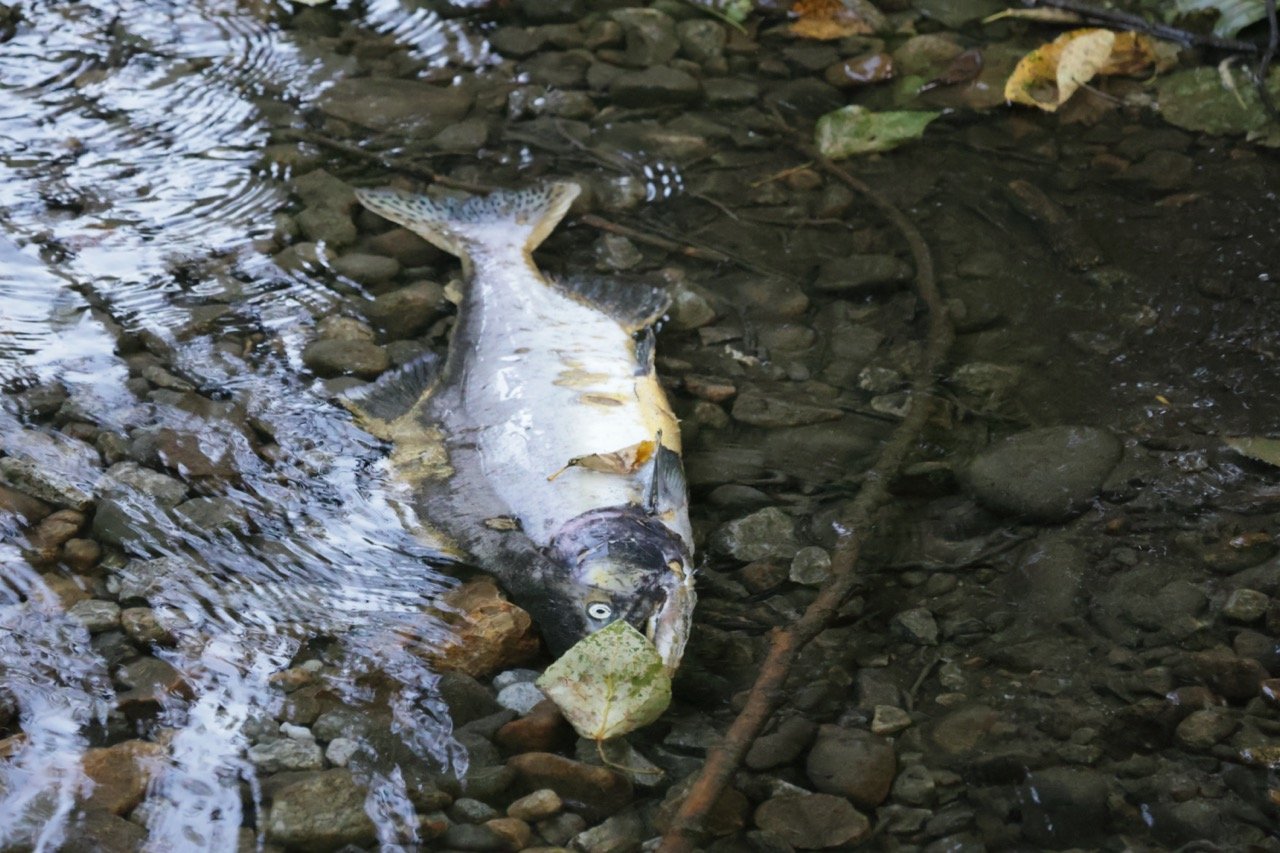
Lifecycle of Fall Chinook Salmon

We feel it is very important to understand the life cycle of the anadromous species of fish if we are to assist in the preservation of their species.
Anadromous fish are by definition born in freshwater, make their way to the sea where they reach full maturity and then return to their place of birth to spawn and die.
Anadromous (a-nad-ra-mous) literally means ascending from the sea for breeding, referring to the life history of salmon and steelhead.
Life Cycle of Salmon
National Marine Sanctuary Foundation and PNCA Animated Arts present The Pacific Salmon Life Cycle. This film's animation and sound design was created entirely by students in the Animated Arts program at the Pacific Northwest College of Art with scientific guidance from NOAA Fisheries West Coast Region. Support for this project was provided by a grant from the National Marine Sanctuary Foundation.
Hazards Salmon Face
The salmon throughout its development faces many hazards from predators, human and otherwise. It often travels thousands of miles between its birth and when it returns to its birthplace to spawn.
Spawning in the Wild
Classically the female prepares a bed in the sand and gravel to lay her eggs. The male fertilizes the eggs and then the female flipping her tail back and forth covers them with sand and gravel.
Death and Renewal
After participating in the spawning process, both the male and female die from the exhaustion of their adrenal gland system. Their death provides nutrients in the stream for other forms of life and the cycle continues.
Hatcheries are Essential
Supporting the lifecycle of anadromous fish through hatchery supplementation is essential for their survival, particularly in the face of environmental challenges such as droughts, habitat hazards, predation, and declining populations.
These fish, which migrate between freshwater and saltwater habitats, rely on specific conditions for spawning and growth, conditions that are increasingly threatened by climate change and habitat degradation.
Programs like Indian Creek Hatchery play a crucial role in mitigating these challenges by producing and releasing young fish into their natural environments, thus bolstering populations and enhancing genetic diversity. By ensuring a stable supply of juveniles, hatcheries help maintain robust fisheries, support ecosystem health, and preserve the cultural and economic significance these species hold in communities. The collaborative effort of hatcheries is vital to ensure that anadromous fish populations can withstand the pressures they face, ultimately contributing to their long-term sustainability.




